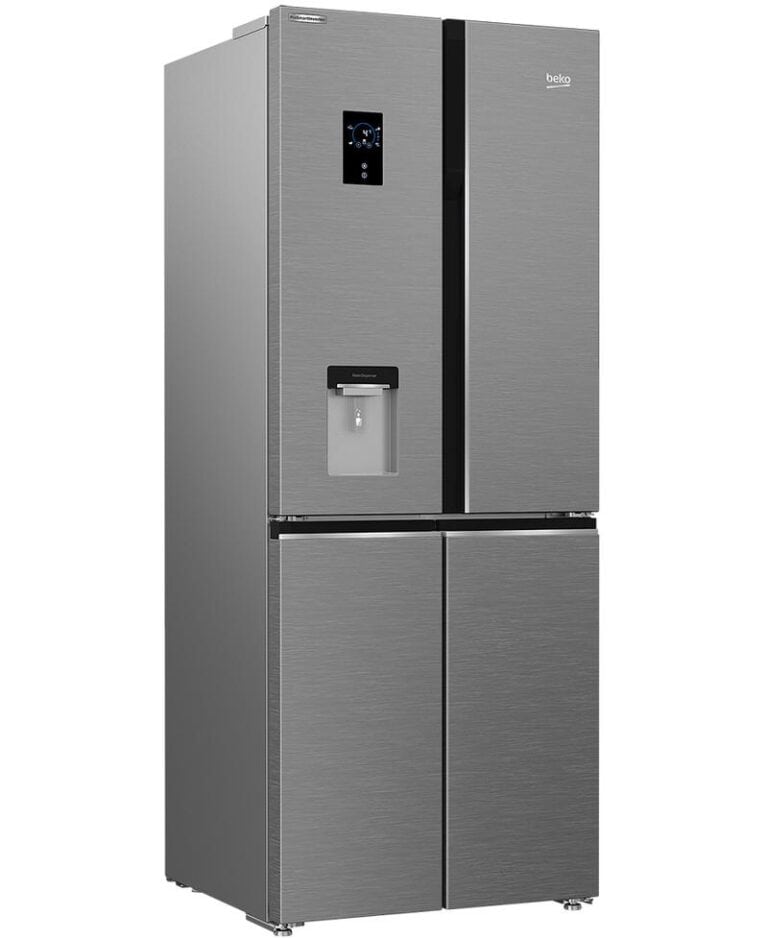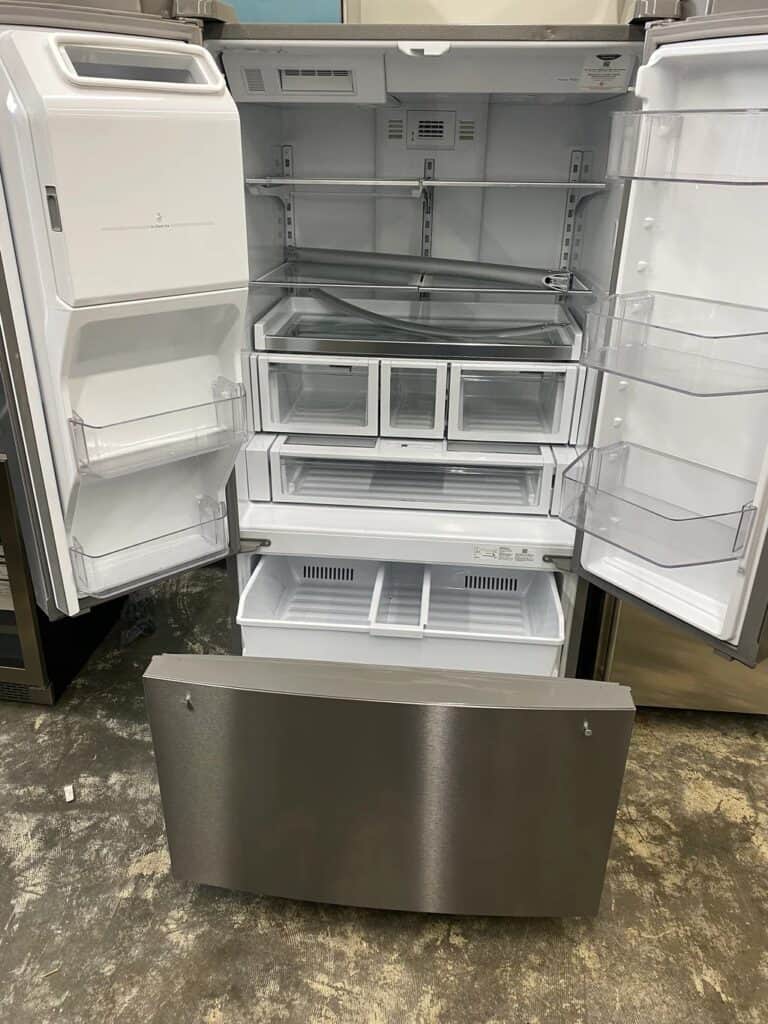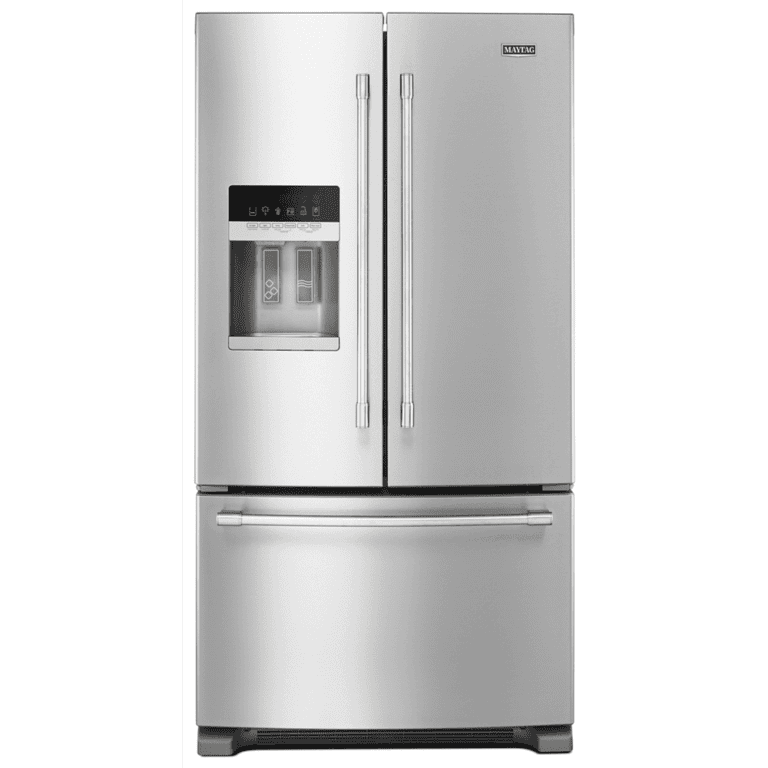5 Common Signs of a Bad Defrost Thermostat You Shouldn’t Ignore
A malfunctioning defrost thermostat can lead to several problems with your refrigerator, from inconsistent temperatures to excessive frost buildup.
Here are a few of the most common symptoms to look out for that indicate needing to replace it.
Signs Your Defrost Thermostat Is Broken
So, what are the symptoms of a bad defrost thermostat? Here are some of the most common signs to look out for.
1. Food Spoils Earlier Than Expected
If your food seems to spoil faster than it should, your refrigerator’s defrost thermostat may be malfunctioning. This component regulates the temperature in the fridge, so your food is more likely to spoil when it’s not working correctly.
You’ll need to monitor the shelf life of any food you store in your fridge and replace the thermostat as soon as possible.
2. Frozen Evaporator Coils
The evaporator coils in your refrigerator can become frozen if the defrost thermostat malfunctions. This usually occurs when air is not circulating and the evaporator coils are not functioning correctly.
If you see frost or ice buildup on the walls of your fridge, it’s likely a sign that your defrost thermostat needs a replacement. Due to the frozen coils, you may notice that your fridge isn’t running as efficiently.
3. Excessive Frost Buildup Inside Fridge
Excessive frost buildup inside your fridge is another sign of a faulty defrost thermostat. The thermostat instructs the defrost heater to switch on once your refrigerator becomes too cold.
If you notice a buildup of frost inside your fridge, you should check the defrost thermostat is still working by conducting a continuity test.
4. Water Leaks or Puddles
Water leaks or puddles around your refrigerator can signal a defective defrost thermostat. A thermostat that’s not working correctly may cause excessive condensation inside the appliance.
This moisture can eventually leak out, forming puddles on the floor. Over time, these leaks not only create a mess but can also damage your flooring and surrounding areas.
The issue often arises when the thermostat fails to regulate the defrost cycle properly, leading to an accumulation of water that should otherwise be evaporated. This excess moisture might find its way to the bottom of your fridge or freezer, leading to leaks. If left unchecked, the water can damage wooden floors or create slippery patches that pose a safety hazard. Additionally, persistent moisture can cause corrosion or damage to internal components of your appliance, leading to more costly repairs.
5. Temperature Fluctuations
If the internal temperature of your refrigerator keeps fluctuating, this is likely a sign that the defrost thermostat is malfunctioning. This can cause food to spoil quickly and increase energy bills.
Make sure you replace the thermostat if you experience any temperature issues with your fridge.
The best way to tell if the thermostat is the culprit is to check it with a multimeter. A multimeter measures the electrical current in your fridge and will tell you if the thermostat is not working correctly.
6. Unusual Noises from the Appliance
Unusual noises coming from your refrigerator can be an early warning sign that something isn’t quite right, particularly when it comes to the defrost thermostat. Typically, your refrigerator operates with a consistent, low hum, but when the defrost thermostat starts to malfunction, you may notice strange sounds like clicking, buzzing, or even a ticking noise. These sounds are often the first indicators that the thermostat isn’t functioning as it should.
The clicking sound, for instance, could signal that the defrost cycle is struggling to start or complete properly. Buzzing might indicate electrical components attempting to work despite a faulty thermostat.
Understanding these noises can help you identify the root cause before it escalates into a more significant problem. Being attuned to these sounds not only helps you maintain your appliance’s efficiency but also saves you from potentially costly repairs down the line.
Related: Why Is My Fridge Making a Hissing Noise?
7. Warning Light Indicators
Modern refrigerators come equipped with warning lights designed to alert you to potential issues before they become serious problems. These lights, often found on the appliance’s control panel, are programmed to signal specific faults, such as temperature irregularities or malfunctioning components. For instance, a red or flashing light may indicate that the refrigerator is not cooling properly, while a different symbol could point to a problem with the defrost system.
Paying attention to these warning indicators is crucial for maintaining the longevity and efficiency of your appliance. Ignoring them can lead to more significant issues, such as food spoilage or damage to internal components. Addressing these alerts promptly helps prevent minor problems from escalating, ultimately saving you time and money on repairs.
Conclusion
When a refrigerator’s defrost thermostat malfunctions, it can cause various problems that make it challenging to keep food fresh. If you experience any of the symptoms mentioned above, check the defrost thermostat by conducting a continuity test.
Fortunately, replacing a thermostat is easy and not too expensive. Just make sure to get the correct one for your particular refrigerator model.





